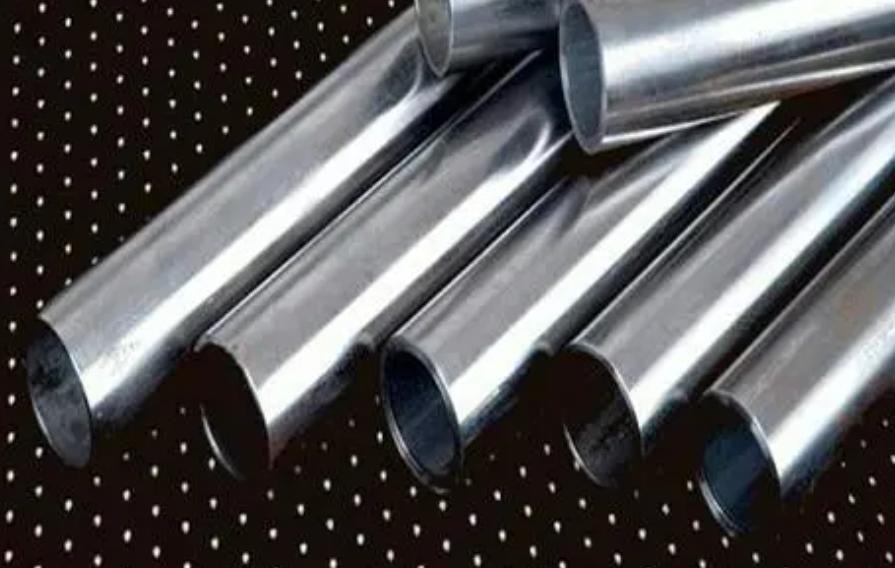In addition to brand, material origin, and production processing technology, a key factor that directly affects the price of 316L stainless steel pipes is the surface treatment method. In order to further improve the characteristics of 316L stainless steel pipes, several specific methods are used to process the inner and outer surfaces of the pipes: pickling passivation (AP), mechanical polishing (MP), bright annealing (BA), and electrolytic polishing (EP) processing technology. According to experimental data and practical experience, the roughness of 316L stainless steel pipes is reduced, and surface adsorption is weakened. So what are the differences between AP level, MP level, BA level, and EP level stainless steel pipes? Please refer to the following content:

316L Stainless Steel Pipe Surface of AP, MP, BA, EP level:
AP (Acid Pickling)
The corrosion resistance of stainless steel mainly comes from the dense oxide film formed on its surface after the chemical reaction between the chromium element and oxygen. The pickling process is to allow this reaction to occur in advance, thereby improving the corrosion resistance of 316L stainless steel pipes. During pickling, the oil stains and dirt attached to the surface of 316L stainless steel pipes, as well as some substances contaminated during production, will be completely removed. The inner and outer surfaces of the pipes are rough and tend to adhere to suspended impurities and residue.
BA (Bright Annealing)
The polishing wheel or polishing band is used to grind and polish the surface of the 316L stainless steel pipe with abrasives in the polishing agent, thereby achieving a smooth and polished surface. The brightness depends on the type of processing technology. In addition, although mechanical polishing is more aesthetically pleasing, it also reduces corrosion resistance. Therefore, when used in corrosive environments, it needs to be passivated, and there is often residual polishing material on the surface of the 316L stainless steel pipe.
MP(Mechanical Polishing)
During the production process of 316L stainless steel pipes, the grease grains used for lubrication may be deformed due to production and processing. In order to avoid grease residues in the 316L stainless steel pipes, argon gas is used as the atmosphere in the furnace during the annealing process. By combining the argon gas with the carbon and oxygen on the surface of the 316L stainless steel pipe and burning it, the surface of the 316L stainless steel pipe is further cleaned to form a bright surface.
This method of using pure argon gas to anneal, heat and quickly cool the surface to brighten the glossy surface is called brightening. annealing. Although brightening the surface in this way can keep the 316L stainless steel pipe clean without any external contamination. However, if this surface brightness is compared with other polishing methods such as mechanical, chemical, and electrolysis, it will feel matte. Of course, the effect is also related to the argon content and the number of heating times.
EP (Electro Polishing)
Electropolishing is a method that uses an anode to treat surfaces, based on the principles of electrochemistry. By properly adjusting the voltage, current, acid composition, and polishing time, it can not only achieve a bright, smooth, and clean surface effect, but also enhance the surface’s corrosion resistance. Therefore, it is a good method for brightening surfaces. However, its cost and technology requirements are also relatively high.
Conclusion
Thank you for reading our article and we hope it can help you to have a better understanding of the differences between AP level, MP level, BA level, and EP level. If you want to learn more about 316L stainless steel pipes, we would advise you to visit Sino Stainless Steel for more information.
As a top supplier of stainless steel products across the world, Sino Stainless Steel provides customers with high-quality stainless steel products such as stainless steel strips, stainless steel coils, stainless steel plates, stainless steel sheets, stainless steel bars, and stainless steel tubes at a very competitive price.
 :+86-13012867759
:+86-13012867759  :export86@sino-stainless-steel.com
:export86@sino-stainless-steel.com